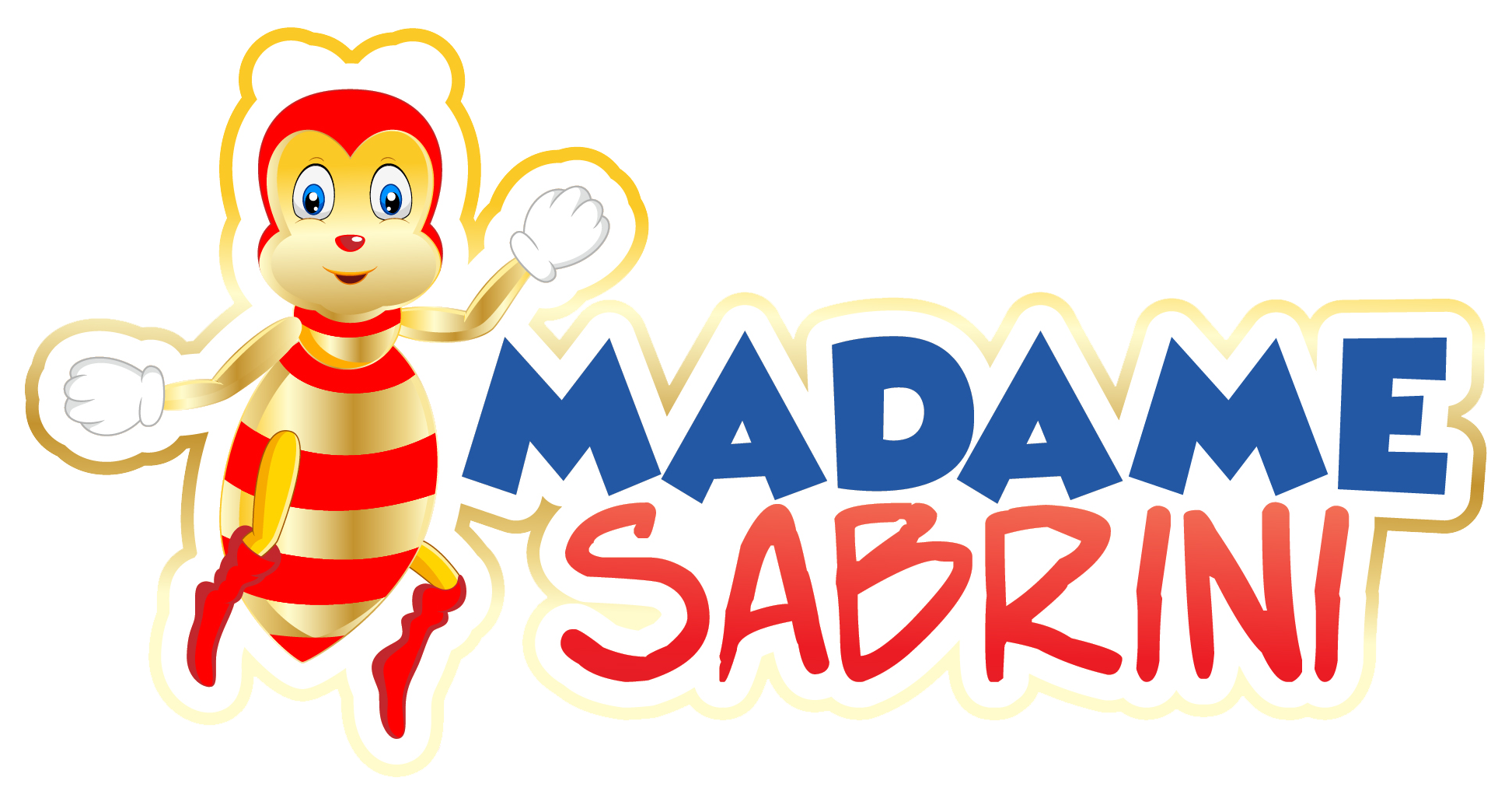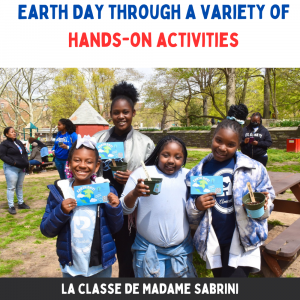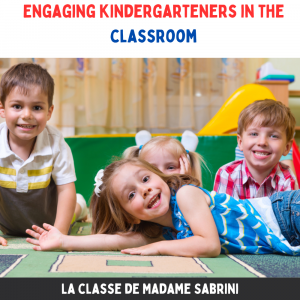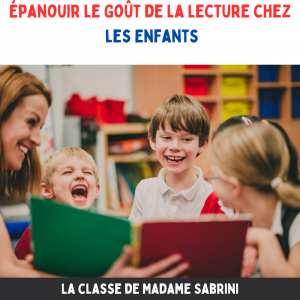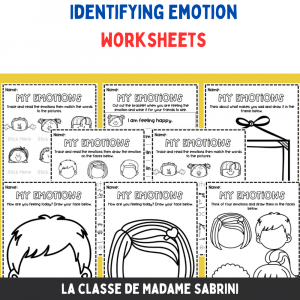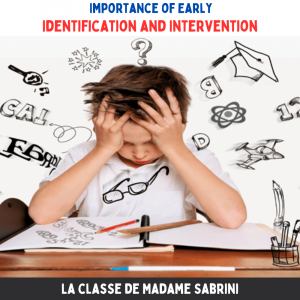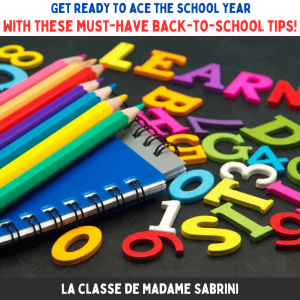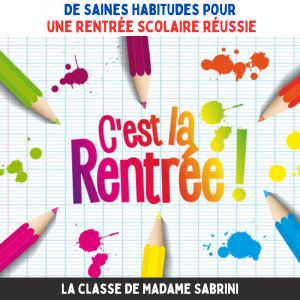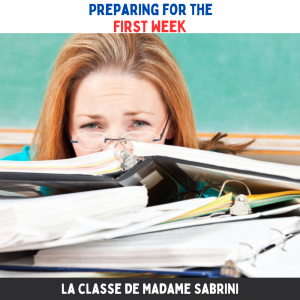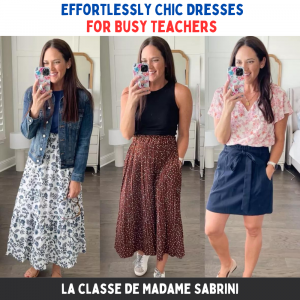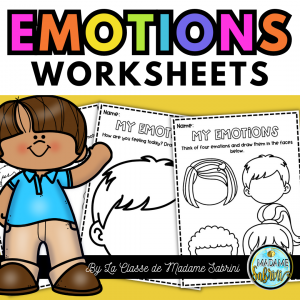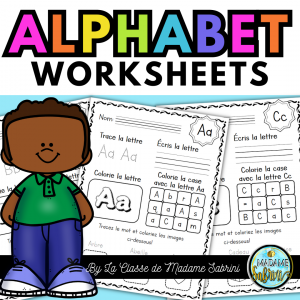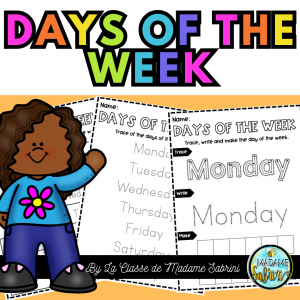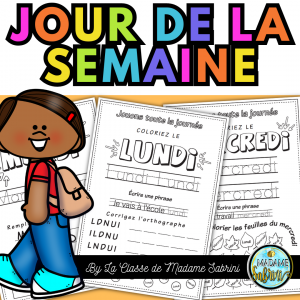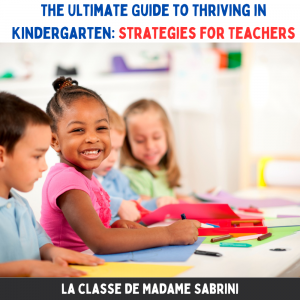
Teacher Tips
As teachers, we all strive to create a safe and inclusive classroom environment for our students. But sometimes it can be difficult to know exactly how to achieve this. Fortunately, there are tips and strategies we can use to create a game-changing classroom environment.
Hot in the Shop

ALL WE'RE MISSING IS YOU!
Join us over on instagram for even more great resources, ideas, and teaching tips for kindergarten and early elementary teachers!
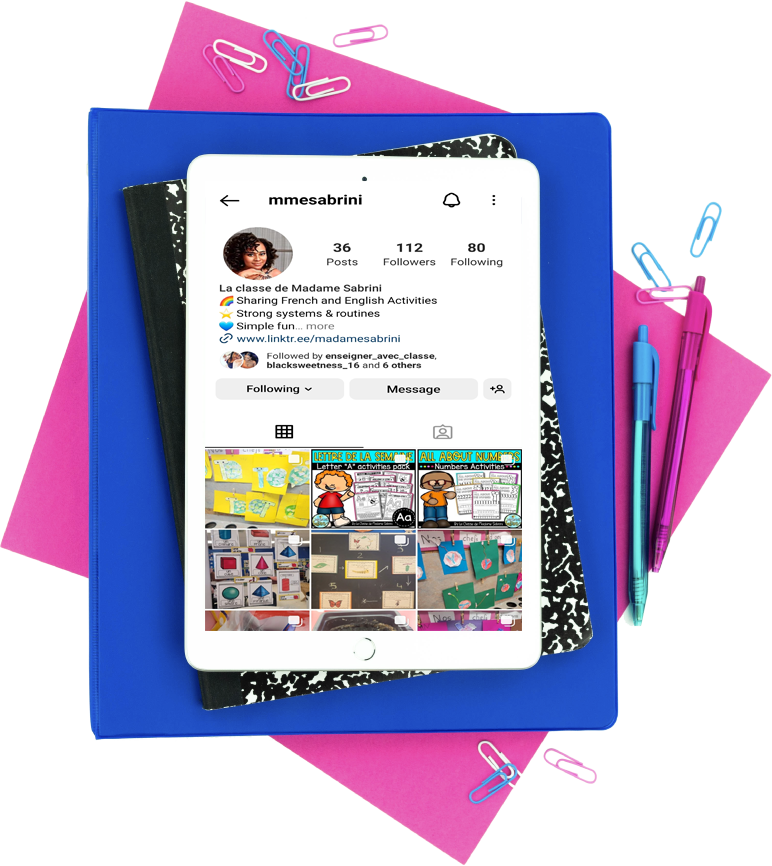
Welcome Friends!
My name is sabrini and I am the face behind La classe de madame sabrini. In my classroom, I love to make learning fun and engaging through hands-on activities and games. My goal is to help students develop a love for language and learning that will last a lifetime

